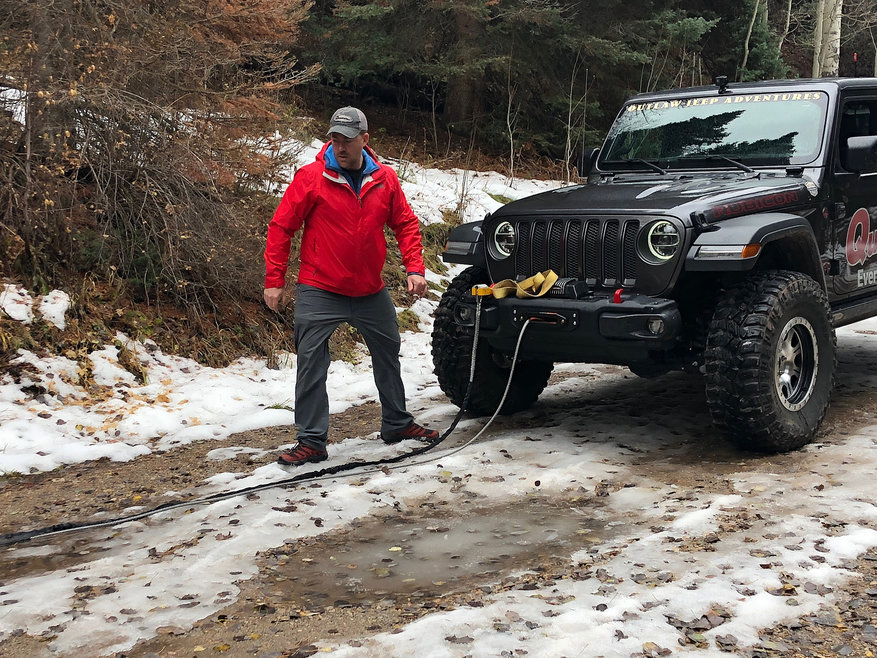by Scott Ammerman
Quadratec Channel Correspondent
Let's say your weekend plans, as well as all your other plans for the foreseeable future, are now canceled. That would be weird, right? What if every off-road park around you was closed as well? No doubt you’d need something Jeep related to keep you busy. Well, when was the last time you looked at your winch line? Ever? Now is a great time, then. Actually, now is a much better time than when you are off-roading and suddenly need to use the winch. Will that line be able to answer the call?

Synthetic winch ropes have come a long way in the last decade. They are very light in weight, store less kinetic energy under load and are surprisingly durable. Many sanctioned off-road events have even started requiring them due to the added measure of safety they afford. While the myth that they ‘just drop’ if they break isn’t true, they do have a lot less weight snapping back towards your vehicle during a line failure. Correct use of a winch line damper is still recommended though, as is keeping a ‘safety zone’ for everyone around during recovery operations.
Steel cable can kink and develop burrs in the line over time, making them a little more dangerous to exposed skin. But even though they are susceptible to corrosion, they typically enjoy a longer service life than synthetic lines.
Now, you may think your winch line is all set when you first install the thing, or that you can simply wind it back in after use. However, just like most other things on your Jeep, there are a few important practices to employ that can extend the life of your product. These can even give you an added measure of safety when you do need to rely on your winch for recovery situations.

#1 Pre-tensioning the rope
This practice is critical before you ever use the winch, and we offer a video on the process here.
Keep in mind, many winch (and rope) manufacturers have slightly different procedures for pre-tensioning, so make sure to refer to your owner’s manual for specifics. For example, Warn recommends 1000 lbs. of resistance during this procedure, while many companies require less.
#2 Quick Inspection
You should always pay careful attention to the condition of your winch line. Before and after each use, take a quick look to make sure everything you are using is in serviceable order. If you are involved in a recovery situation, remember to spool out the line after you’re off the trail, to about as far as you used it, while checking for signs of wear or damage. This is simply good practice and will alert you to any problems well away from the time it is actually needed. That way, you can safely fix any issues before your next off-road trip.
Check the line for any discoloration, thinning or broken strands and particularly knots. Knots are very bad for the strength of your rope and should not be present at all. Additionally, if your rope is excessively dirty, move on to a more comprehensive cleaning in the step below.
#3 90-Day Cleaning
In talking with many Jeep winch owners, you’d be surprised how often people say they have never inspected their winch line. A lot of people believe it will last just as long as the winch itself. But in reality, pulling the line fully out every 90 days for a cleaning with low-pressure water is crucial for its longevity.
Dirt and sand impregnated in the body of the rope can work its way deeper into the line, and under tension can wear the individual strands through abrasion. This also heat cycles the winch motor, and allows the lube inside the gears to be redistributed. A regular quarterly inspection process will help your winch work properly when you need it, regardless of which type of rope or cable you are using. I have been on the trail many times when someone’s winch is not working properly, and they say “well, I haven’t used it in a while.”
In the case of mine, it was extremely soiled and not getting clean with a hand wash. I used an empty bin I had sitting in the garage to keep both the muddy rinse water and the ‘clean’ rope off the pavement.
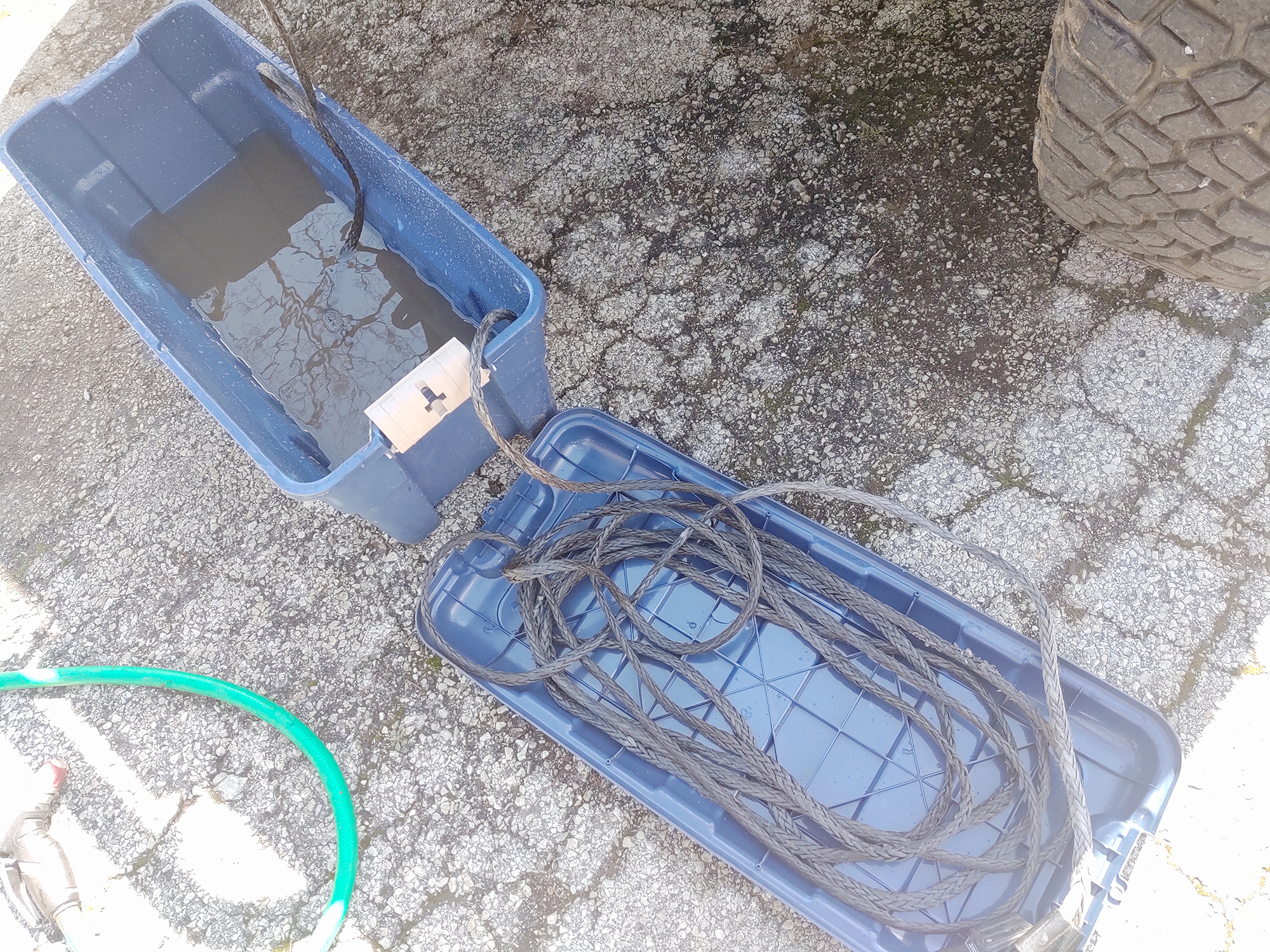
When cleaning, work the strands back and forth to shorten it and allow water to seep into the rope’s core—flushing out dirt and debris. After cleaning, coil the cable up and put it on something clean off the ground, as it is particularly vulnerable when expanded and wet. If you just lay it on the ground, then debris, including but not limited to gravel and dirt, could easily get into the core of the rope. Better to be safe than sorry in this case, as your main goal is to keep the line lasting as long as it can.

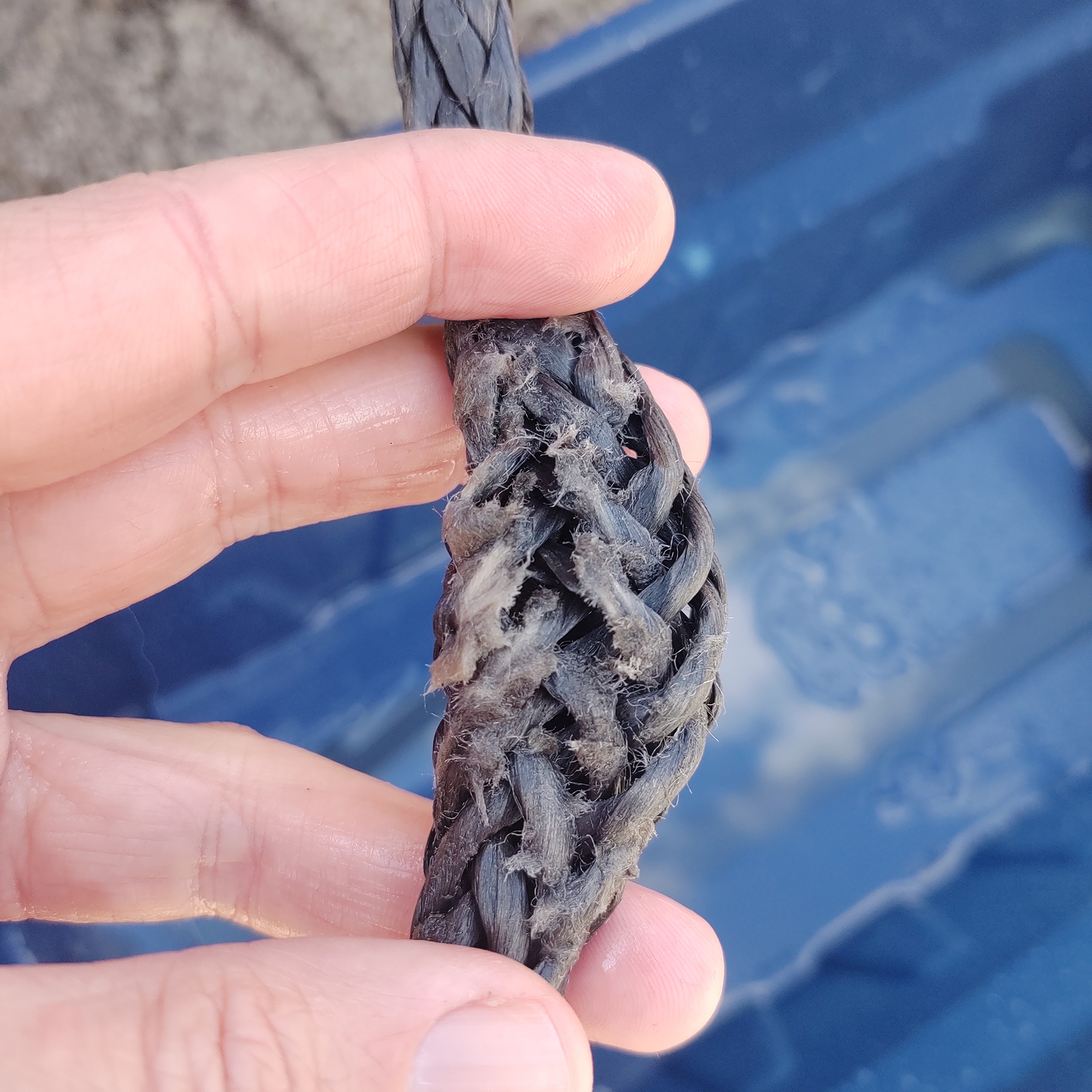
While cleaning it, I noticed a few spots of damage that needed to be very closely inspected.

—Excerpt from Warn Synthetic Rope Installation Manual
It turns out, these aren’t a total loss as none of the strands are completely cut, but since they are within 10’ of the rope’s end, I am going to shorten it to remove the damaged bits. I would rather have an 80’ cable that is 100% solid than a full-length one that has some suspect parts.

As you can see, a lot of stuff rinsed out of the cable and it mostly smelled like coal country mud. I’m sure there was also road brine and a bunch of other nasty stuff in there too, and I’m glad to be rid of all those things.
Note:Beyond dirt and grit, I turned up another issue during my recent 90-day cleaning. I got about 3/4 of the way spooled out, and had a stuck wrap that would not allow any more rope to come off the drum, no matter how hard I pulled.
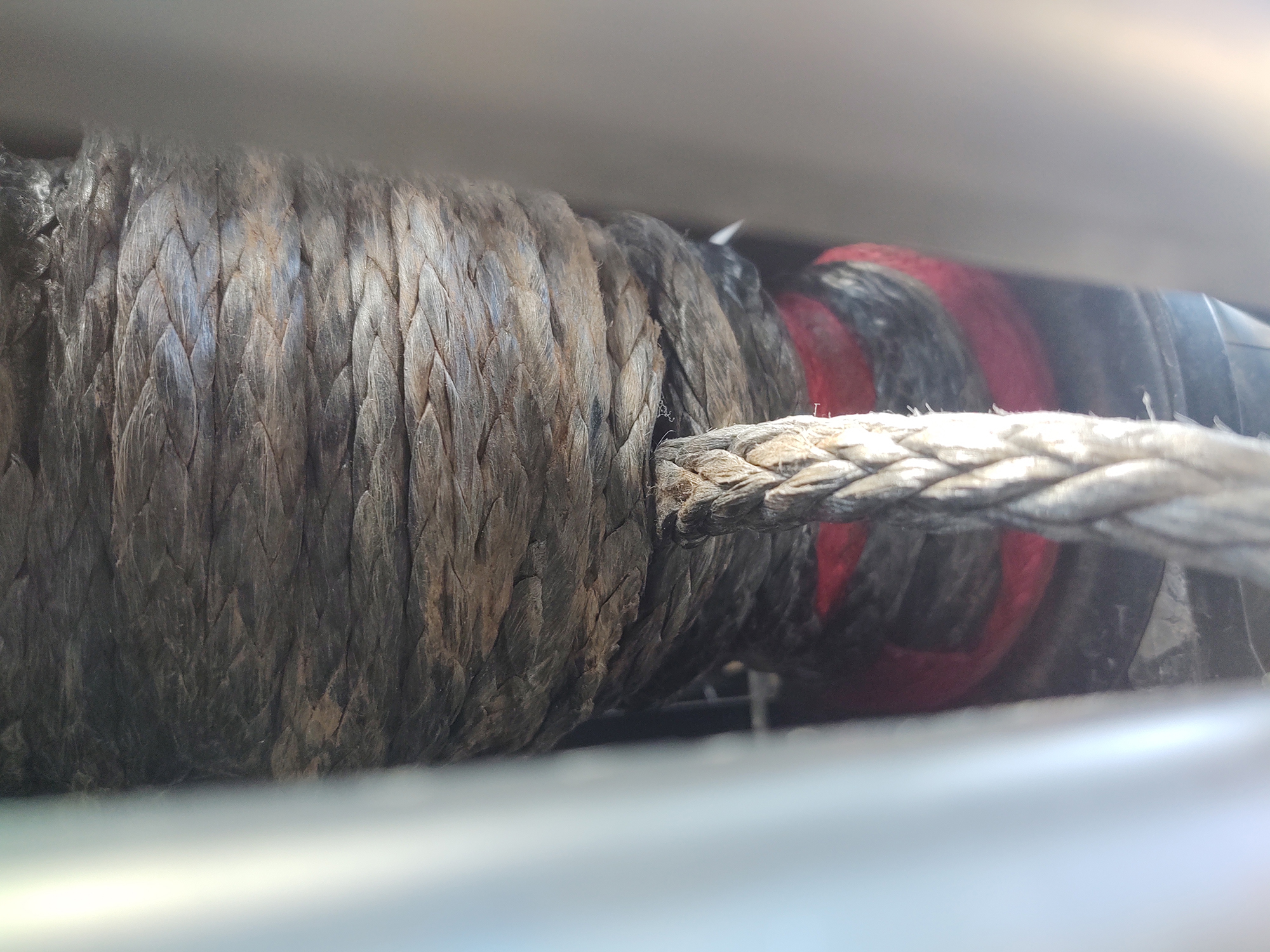
The way I fixed this is the same way I would do it on the trail—triple binding through two D-rings on the bumper recovery points.
- With the winch clutch set to free-spool, get the rope out as far as you can (right at the stuck part) and run it through your passenger side shackle, then the drivers side, then the passenger side once again. Make sure no part of the winch rope is going to rub against anything sharp.
- Engage the clutch and grab your winch remote—and put on gloves.
- While holding the winch rope with a gloved hand, use your winch remote to pulse the switch (momentarily) to CABLE OUT in the opposite direction of the wrap. The friction of the taut rope against the three contact points on the shackles will keep it from wrapping backwards. Very little actual movement should be required to free the stuck winding. If it gets stuck again, re-start this process. Most of the time you will only need to do this once. Check all contact points for damage during your cleaning inspection, as well as where the cable was incorrectly wrapped.
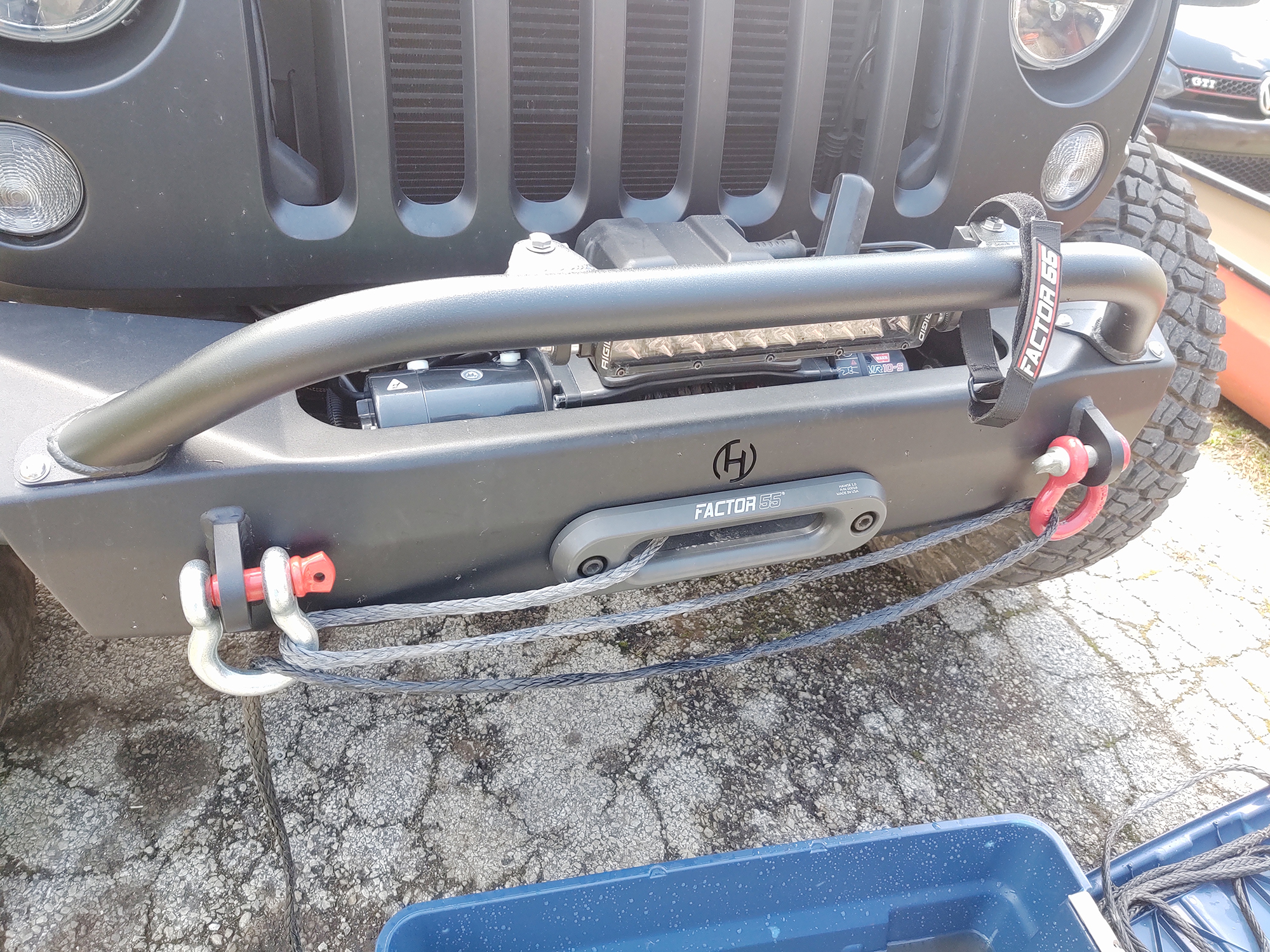
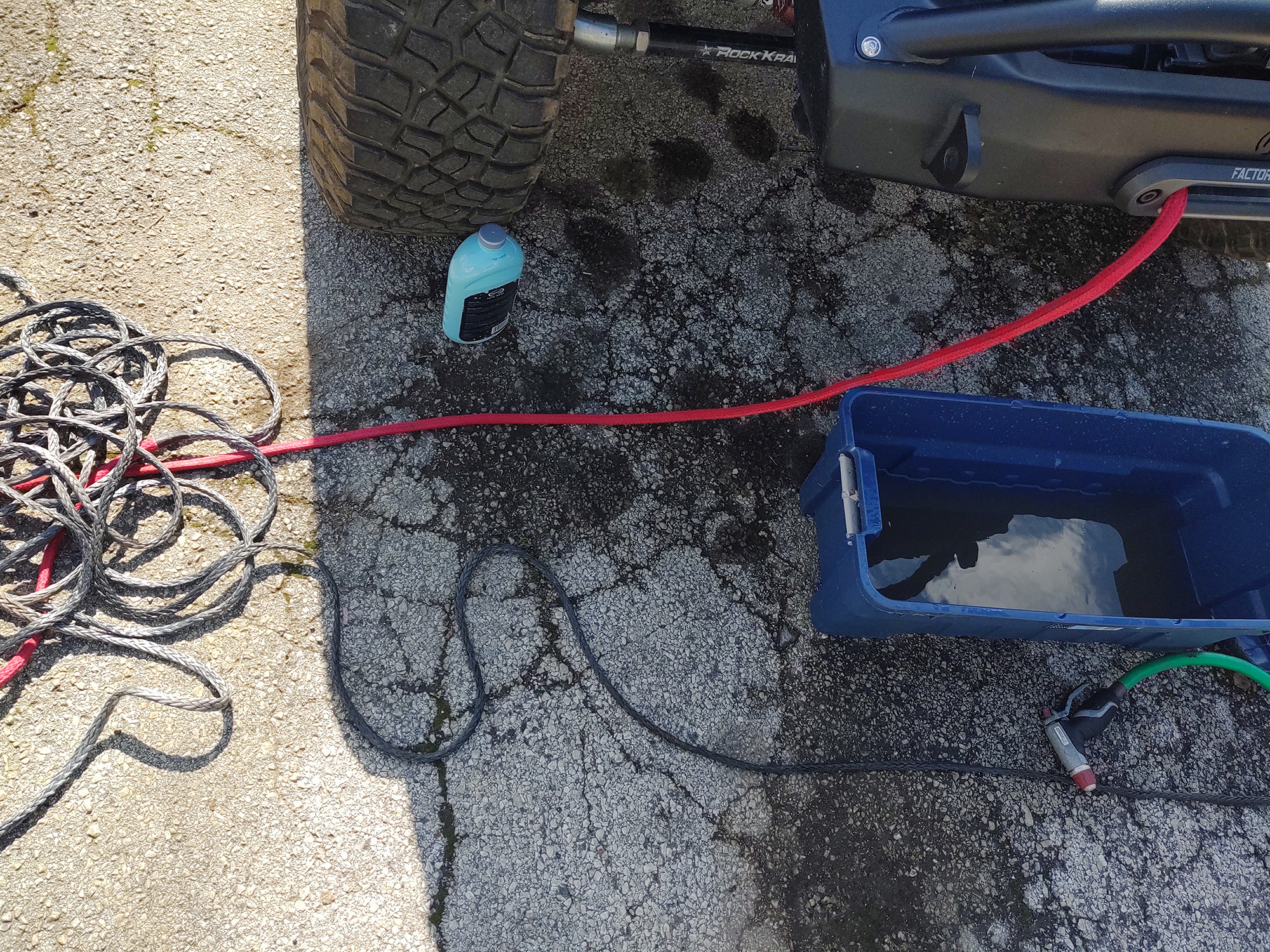
Most synthetic winch ropes have the first layer of winding protected by a heat-resistant sheath to guard against heat soak from the winch body. When re-spooling your line, make sure this protected section of cable sits cleanly against the drum and is (hopefully) a full layer across the width of the drum.
During cleaning, pay attention to the section of rope right beyond this sheathing to make sure it hasn’t been weakened by excessive heat. Warn, for instance, specifically advised against extended periods of using CABLE OUT during recovery unless absolutely necessary, as this creates additional heat. Using the clutch lever to free spool the winch does not.
#4 Abrasion Sleeves
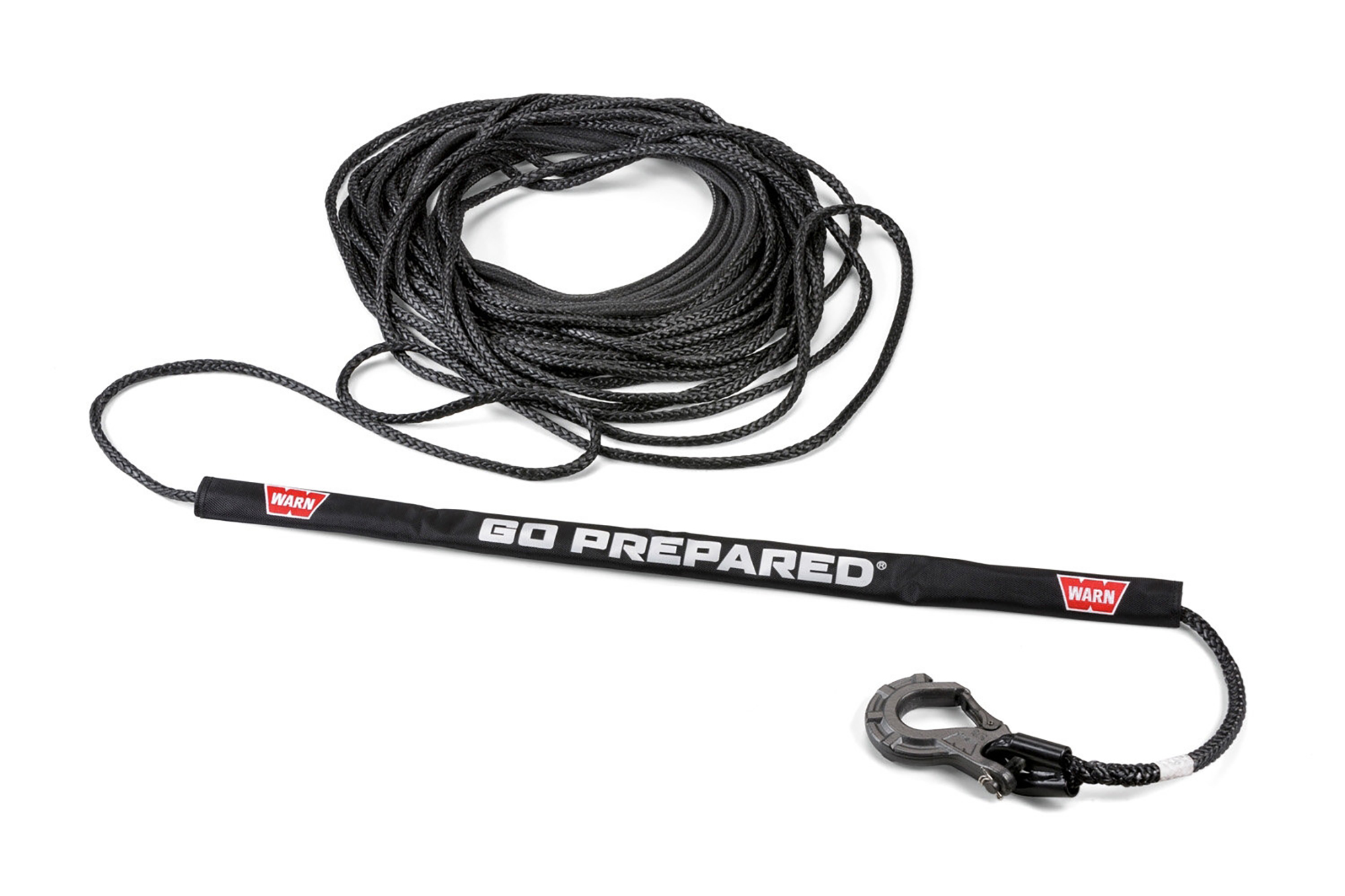
Synthetic winch ropes and abrasion sleeves are the best of friends. When you have to put the cable against something that could rub the line while under tension, a sliding abrasion sleeve will keep it from being damaged. Many premium winch ropes come with a non-removable sleeve already installed. Mine did not, so I bought the Warn Removable Rope Abrasion Sleeve for Synthetic Winch Line to protect mine.
This thing is made out of double-layered ballistic nylon with reflective print for increased visibility, and has a hook and loop closure across its full length—making installation for use and subsequent removal a breeze. It does not cost much, and can protect your rope from the outside world if you use it correctly.
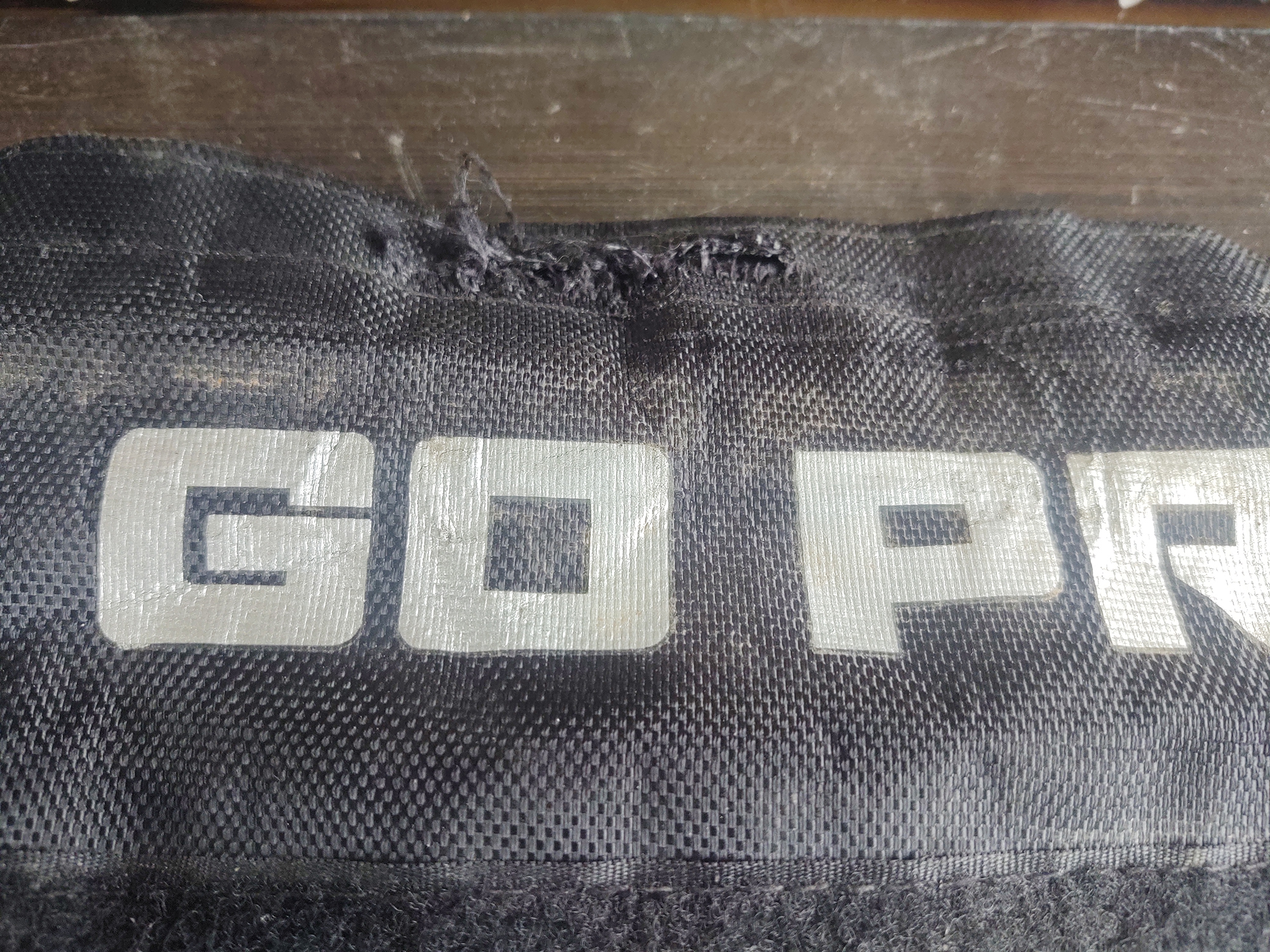
As with any recovery gear, this should be cleaned and inspected periodically, but since it isn't load bearing, then replacement isn't needed until it is fully worn out.












